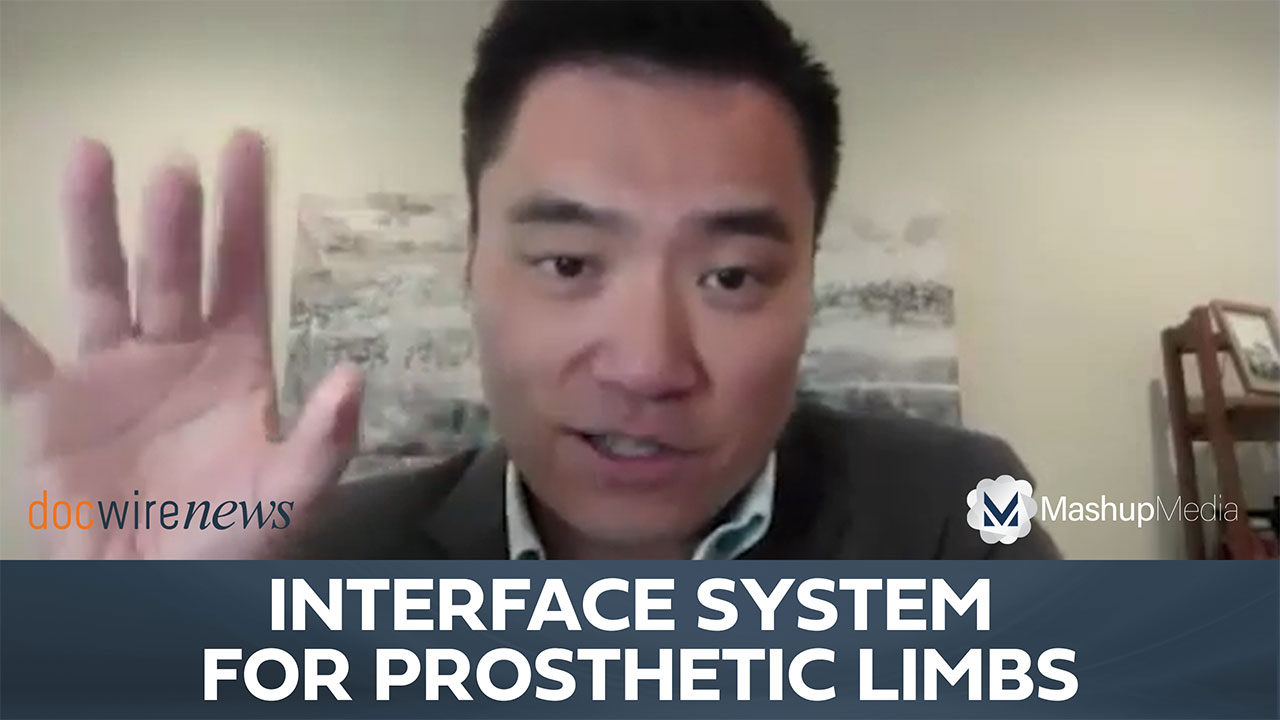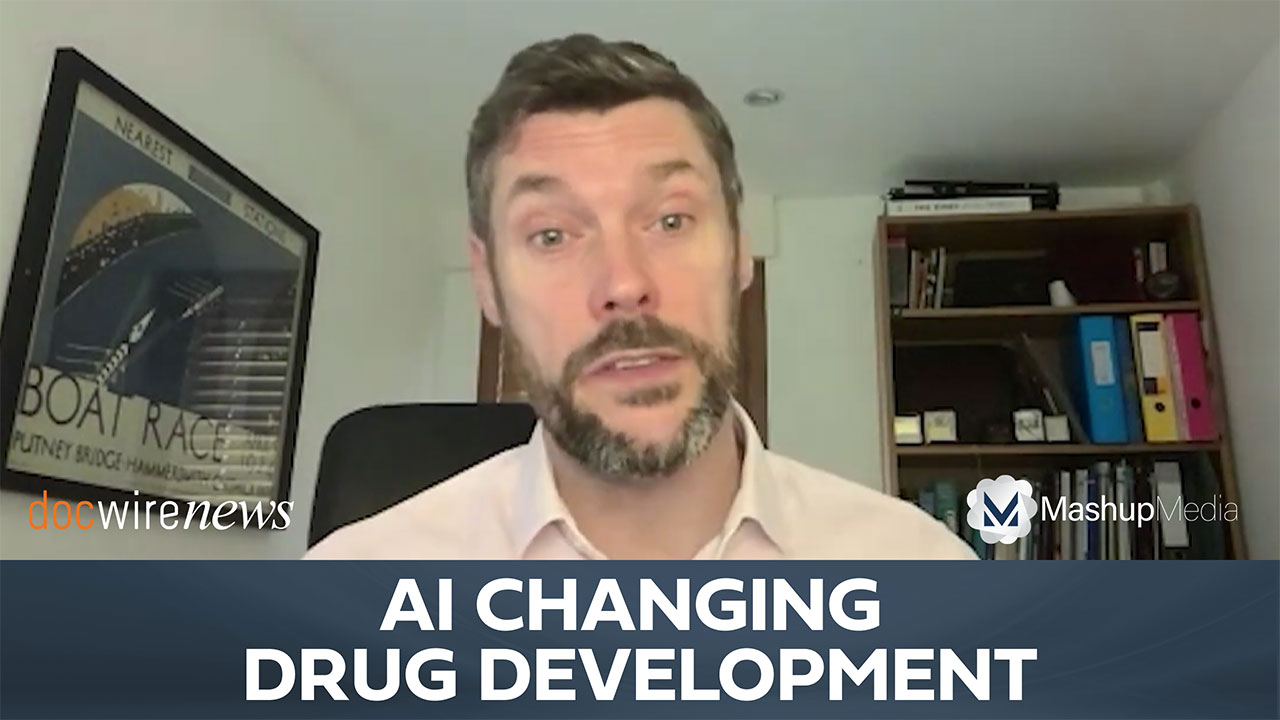
Blockchain, AI, extended reality, and quantum computing are becoming popularized in healthcare, with nearly 90% of healthcare executives currently experimenting with at least one of these technologies. Being that 68% of these executives feel such innovations will have a “transformational” or “extensive” impact on their organization in the next three years, these technologies must be recognized as driving forces in the progression of healthcare.
Artificial Intelligence
AI has become a prominent force as of recent and is often the first of these innovative technologies that comes to mind when considering healthcare. 41% of healthcare executives ranked AI as the technology that will likely have the greatest impact in their organization in the next three years. Several machine learning and deep learning networks have been employed to diagnose various diseases from facial features, radiographs, images of patients’ retinas, microscope slides, and cells with accuracies comparable to licensed professionals. AI-powered apps on smartphones have also given rise to mobile health solutions that help patients to diagnose and manage conditions independently as well, with chatbot apps transforming symptoms into accurate diagnoses. Voice recognition systems can also leverage AI technology to assist physicians in dictation, cutting back the time doctors must spend writing notes.
READ MORE: Pear Therapeutics Launches reSET App, First FDA-Cleared Digitally Prescribed Therapy
Distributed Ledger Technology
Distributed ledgers, such as blockchain, are predicted to play a crucial role in both identity management and payments in the healthcare setting. Such systems not only reduce waste and unnecessary costs but can increase quality of care as well. Distributed ledgers offer a trusted set of data to healthcare providers that eliminates the need for verifying information from different sources. Currently, a patients’ medical records are fragmented across several providers and specialists. Physicians must often track down records to assemble the puzzle that is their patient’s medical history, a tedious process that may lead to exclusion of important information. The core concept behind blockchain technology is creating a decentralized, transparent, and immutable record of transactions. Its integration into the healthcare system is a hot topic due to its potential ability to produce a private and comprehensive collection of patient health records.
One distributed ledger program, the Professional Credentials Exchange, functions to facilitate, and reduce the time and cost of credentialing individuals. This is helpful in identifying patient payment obligations and qualifying customers for insurance benefits.
Extended Reality
XR is an umbrella term, incorporating both virtual reality and augmented reality. It has been used by 38% of healthcare organizations, making it the most adopted of these four technologies. VR offers a powerful and immersive means of simulating any desired circumstance. In addition, the use of a VR headset brings such simulations to any setting, greatly reducing costs and enhancing scalability in training procedures. For example, the Microsoft HoloLens was used to create a virtual patient simulation, and Osso VR has created several VR modules for lifelike surgical training.
VR also has been used in treating phobias, PTSD, detecting Alzheimer’s disease, and helping those with Parkinson’s disease.
Quantum Computing
Quantum computing, or the use of quantum-mechanical phenomena to perform computation, has the potential to crunch complex datasets like DNA data into personalized medicine and interactions. These applications could speed up drug discovery processes for complex conditions like multiple sclerosis, Alzheimer’s, and Lou Gehrig’s disease. In addition to drug discovery, quantum computing also has strong implications in enhancing radiotherapy, modeling molecular interactions between drugs, and improving MRI precision.
The revolution in quantum computing well covered @TheEconomist feature, “metrology” and impact in medicine, toohttps://t.co/LZAjzaEJMs pic.twitter.com/R1X8LXl5aH
— Eric Topol (@EricTopol) March 9, 2017







 © 2025 Mashup Media, LLC, a Formedics Property. All Rights Reserved.
© 2025 Mashup Media, LLC, a Formedics Property. All Rights Reserved.